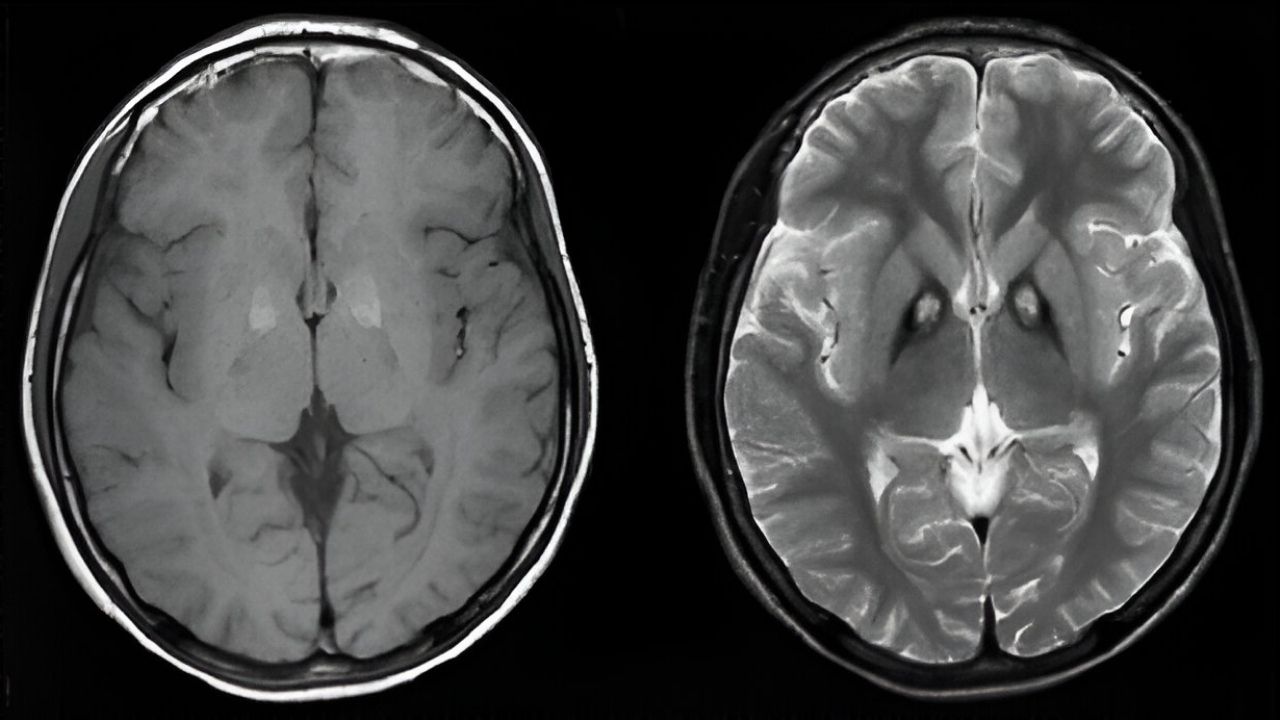
Hallervorden–Spatz Disease, also known as Pantothenate Kinase-Associated Neurodegeneration (PKAN), is a rare genetic disorder that affects the nervous system. Named after the German doctors who first described it in 1922, this condition primarily impacts movement and cognitive abilities. PKAN is characterized by the accumulation of iron in the brain, leading to progressive neurological symptoms. These symptoms often begin in childhood and can include muscle stiffness, involuntary movements, and difficulty with coordination. Understanding Hallervorden–Spatz Disease is crucial for early diagnosis and management. This article will provide 25 essential facts about this rare but impactful condition, shedding light on its causes, symptoms, and potential treatments.
Key Takeaways:
- Hallervorden–Spatz Disease, or PKAN, is a rare genetic disorder causing movement problems and cognitive decline. Early detection and management through therapies and support are crucial for patients and families.
- Ongoing research on gene therapy and iron chelation offers hope for better treatments for PKAN. Support groups and educational resources are available to help patients and families navigate the challenges of living with this rare disease.
What is Hallervorden–Spatz Disease?
Hallervorden–Spatz Disease, also known as Pantothenate Kinase-Associated Neurodegeneration (PKAN), is a rare genetic disorder. It primarily affects the nervous system, leading to progressive movement problems and other neurological symptoms. Here are some intriguing facts about this condition.
-
Named After Discoverers: The disease is named after two German doctors, Julius Hallervorden and Hugo Spatz, who first described it in 1922.
-
Genetic Mutation: PKAN is caused by mutations in the PANK2 gene. This gene is responsible for producing an enzyme crucial for brain function.
-
Iron Accumulation: One of the hallmarks of the disease is the abnormal accumulation of iron in the brain, particularly in the basal ganglia.
-
Early Onset: Symptoms often begin in childhood, typically between ages 3 and 12, but can also appear in adulthood.
-
Movement Disorders: Patients commonly experience dystonia, which involves involuntary muscle contractions, and spasticity, leading to stiff and rigid muscles.
Symptoms and Diagnosis
Understanding the symptoms and how the disease is diagnosed can help in early detection and management.
-
Gait Problems: Difficulty walking is often one of the first symptoms noticed. Children may stumble or fall frequently.
-
Speech Issues: As the disease progresses, speech can become slurred or slow, making communication challenging.
-
Cognitive Decline: Some individuals may experience a decline in cognitive abilities, affecting memory and problem-solving skills.
-
MRI Scans: Diagnosis often involves MRI scans, which can reveal the characteristic "eye of the tiger" sign in the brain due to iron deposits.
-
Genetic Testing: Confirming the diagnosis usually requires genetic testing to identify mutations in the PANK2 gene.
Treatment and Management
Currently, there is no cure for Hallervorden–Spatz Disease, but various treatments can help manage symptoms.
-
Medications: Drugs like baclofen and botulinum toxin can help reduce muscle stiffness and spasms.
-
Physical Therapy: Regular physical therapy can improve mobility and reduce the risk of falls.
-
Speech Therapy: Speech therapists can assist with communication difficulties, helping patients maintain their ability to speak.
-
Occupational Therapy: Occupational therapists can provide strategies to perform daily activities more easily.
-
Deep Brain Stimulation: In severe cases, deep brain stimulation (DBS) may be considered to help control movement disorders.
Research and Future Directions
Ongoing research aims to better understand the disease and develop more effective treatments.
-
Gene Therapy: Scientists are exploring gene therapy as a potential treatment to correct the genetic mutations causing PKAN.
-
Iron Chelation: Research is being conducted on iron chelation therapy, which aims to reduce iron accumulation in the brain.
-
Animal Models: Researchers use animal models to study the disease and test new treatments before they are used in humans.
-
Clinical Trials: Various clinical trials are underway to evaluate the safety and efficacy of new treatments for PKAN.
-
Patient Registries: Patient registries help researchers collect data on the disease's progression and response to treatments.
Living with Hallervorden–Spatz Disease
Living with a rare disease like PKAN can be challenging, but support and resources are available.
-
Support Groups: Joining support groups can provide emotional support and practical advice from others facing similar challenges.
-
Educational Resources: Organizations like the NBIA Disorders Association offer educational resources for patients and families.
-
Advocacy: Advocacy groups work to raise awareness about PKAN and push for more research funding.
-
Caregiver Support: Caregivers also need support, as caring for someone with PKAN can be physically and emotionally demanding.
-
Adaptive Equipment: Using adaptive equipment, such as walkers or communication devices, can improve quality of life for patients.
Final Thoughts on Hallervorden–Spatz Disease
Hallervorden–Spatz Disease, now known as Pantothenate Kinase-Associated Neurodegeneration (PKAN), is a rare genetic disorder that affects the nervous system. Understanding its symptoms, causes, and treatments can help those affected and their families navigate this challenging condition. Early diagnosis and intervention are crucial for managing symptoms and improving the quality of life.
Research is ongoing, and advancements in genetic testing and therapies offer hope for better management and potential treatments in the future. Staying informed and connected with medical professionals and support groups can make a significant difference.
Remember, knowledge is power. By spreading awareness and supporting research, we can contribute to a brighter future for those living with PKAN. Stay curious, stay informed, and never underestimate the impact of shared knowledge.
Frequently Asked Questions
Was this page helpful?
Our commitment to delivering trustworthy and engaging content is at the heart of what we do. Each fact on our site is contributed by real users like you, bringing a wealth of diverse insights and information. To ensure the highest standards of accuracy and reliability, our dedicated editors meticulously review each submission. This process guarantees that the facts we share are not only fascinating but also credible. Trust in our commitment to quality and authenticity as you explore and learn with us.
